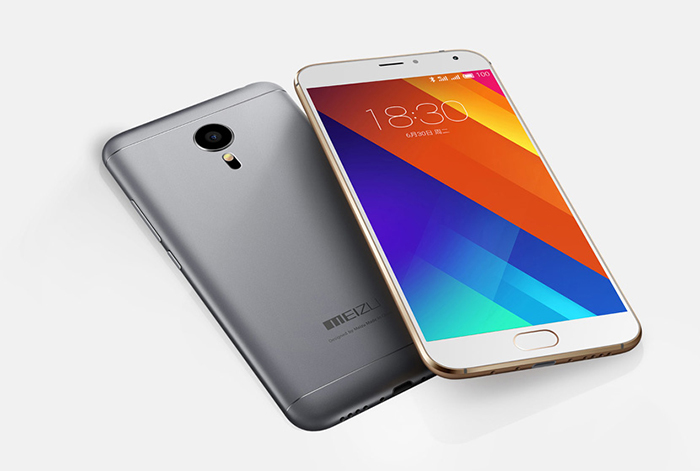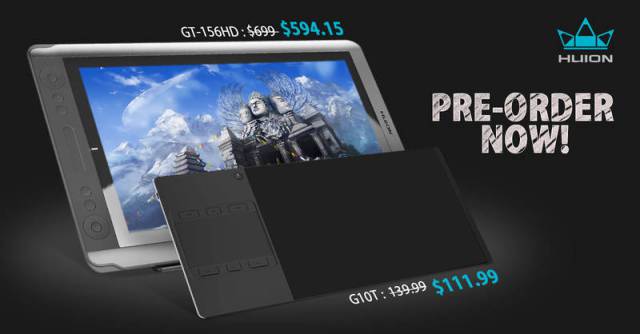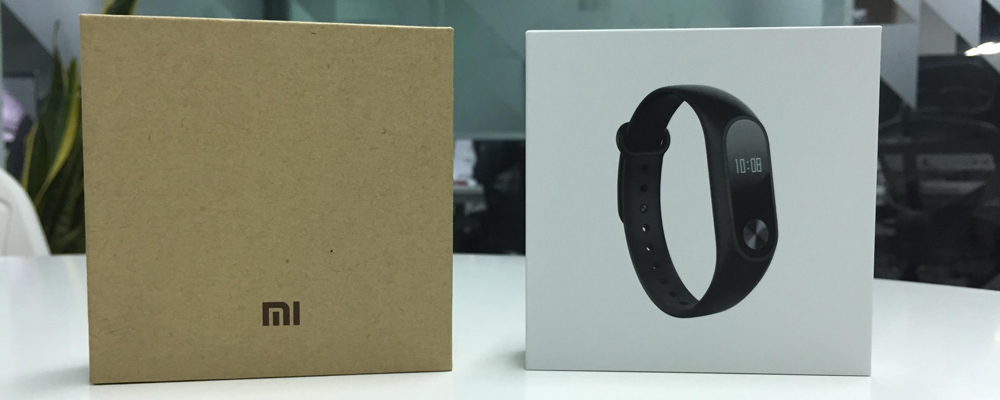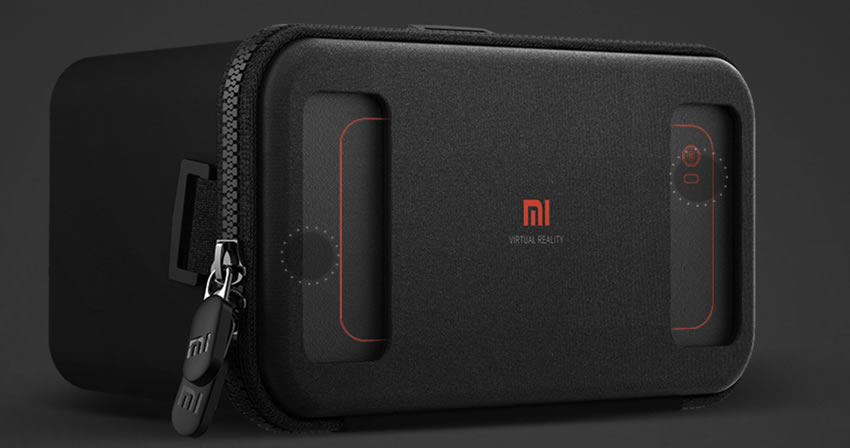People were impressed by the Meizu MX4 and Meizu MX4 Pro last year, and the Chinese company took inspiration from the success of that to create this year’s flagship, the Meizu MX5. Meizu is not well known outside of Asia, but is slowly becoming one of the bigger players in the industry, competing against Xiaomi, Huawei and other big companies. The main pull of Meizu products and implicitly, of the Meizu MX5, is the price, which is affordable. Rivaling the pricing of the OnePlus 2, the Meizu MX5 costs only $330 unlocked from GearBest. It’s a limited time offer, so it would be best to take advantage of it as soon as possible.
The Meizu MX5 wants to be the flagship of the year, and by balancing specs, features, design and pricing, the handset does conclude with a rather appealing bang for buck coefficient, so to speak. Not only is the Meizu MX5 as future-proof as any other smartphone launched in 2015, but it also offers features flagships don’t, or at least not in this price range. It’s an effective competitor to the OnePlus 2, and since the latter is still in the invite system phase, buying the Meizu MX5 instead might be less of a hassle and might arrive much sooner.
First off, the Meizu MX5 comes with Android 5.1 Lollipop with Meizu’s Flyme OS on top. Those who are wary of skinned versions of Android because of the bad reputation they have when it comes to performance might not want Flyme OS to dictate their user experience, but to be honest, the UI is pretty neat. Although cartoonish, Flyme does not come with the performance problems that TouchWiz used to have before the Galaxy Note 4 upgrades were made. Flyme is smooth on the Meizu MX5 and can actually contribute to the user experience a lot, if you don’t mind a bit of bloatware.
The Meizu MX5, as many other Chinese flagships, does have a bit of bloatware, but manufacturers like Meizu strive to tone bloatware down to please their customers. As such, the number of bloatware apps will be significantly less than it would be on a carrier handset or a different branded handset. The Meizu MX5 keeps things clean, and that applies to its design as much as it does to its user interface.
The design of the Meizu MX5 is sleek and simple, similar to what you would see on an iPhone. Although reminiscent of the iPhone 6 Plus, the Meizu MX5 comes with thin bezels all around and a physical home button that doubles as a fingerprint sensor. The addition of biometric security has become a given with Chinese flagships, but the Meizu MX5 fingerprint sensor is actually among the best ones in its category. While companies like Mlais, Mstar and Ulefone use biometric security as well, their sensors are not as accurate and responsive as the Meizu MX5 sensor is.
Biometric security and Android 5.1 Lollipop with Flyme on top is not all there is to the Meizu MX5. It adheres to most recent trends among smartphone users, namely its premium design with metal edges, its 5.5 inch phablet-sized display and 4G LTE antennae. Although a rather big phone, the Meizu MX5 does keep its footprint small thanks to the thin bezels. Its width is a bit bigger than you would find on similar flagships, but it does hide a promising battery.
The Meizu MX5 comes with a 1920*1080 resolution 5.5 inch display, which means that the ppi pixel density is the same as on the iPhone 6 Plus. This feature already makes the $300 handset pretty appealing in this day and age. The big screen might not sit well with those accustomed to more standard handsets, but the small footprint and ergonomic design make this phone easier to use than one would have expected.
The device comes with a rather powerful octa core Helio X10 Turbo processor, backed by 3 GB RAM and 16 GB internal storage, with a microSD card slot available for extra storage, if needed.There are two SIM card slots, a microUSB slot, audio jack and speaker present as well, which are pretty standard features to find in Chinese flagships. The Meizu MX5 doesn’t take pride in its standard features, though.
The Meizu MX5 boasts with a huge 20.7 MP camera, complete with autofocus and LED flash, as well as a 5 MP front camera. The camera setup is great, and while OIS is missing, the rear camera can still provide high quality photos and videos. 4K shooting is not possible, which is a bit odd, but at least the software is fast, responsive and reliable. The user experience with the camera and software is admirable, and puts the Meizu MX5 on the front lines of flagship smartphones.
When it comes to battery, unfortunately the Meizu MX5 has a non-removable 3150 mAh unit inside. While the battery seems quite powerful, the fact that it is not user removable can be a disappointment to some. But most of us are getting used to the absence of this feature, so it shouldn’t pose that much of a problem for the average consumer. Battery life on the Meizu MX5 ranges from a day to two days, depending on usage patterns, which is pretty decent for a phablet-sized device.
Overall, the Meizu MX5 is an excellent flagship smartphone that can effectively compete against the OnePlus2, iPhone 6 Plus and others with its high-end build, specs and features. Its price is the most appealing part of it, and the fact that Meizu made little to no compromises to reach this price point is admirable. For those who want to be able to save some money or those who just hate spending more than $500 on phones, the Meizu MX5 can be a perfect fit. It’s cheap, and it’s future-proof. What more could an Android user want?
 Tech Gadget Central Latest Tech News and Reviews
Tech Gadget Central Latest Tech News and Reviews




